During the last few months the School of Mathematics and Physics Senior Technician (Vladimir Elkin) has spent many of the clear evenings imaging some of the beautiful deep sky objects visible from Lincoln.
 M104: The Sombrero Galaxy. An almost edge on lenticular galaxy which is inbetween a spiral and elliptical galaxy. These types of galaxies have very little star formation and are populated by older stars.
M104: The Sombrero Galaxy. An almost edge on lenticular galaxy which is inbetween a spiral and elliptical galaxy. These types of galaxies have very little star formation and are populated by older stars.

M65 & M66: These two spiral galaxies are part of the Leo Triplet which consists of three spiral galaxies. All three galaxies are gravitationally interacting with one another which is driving an increase in star formation within them.
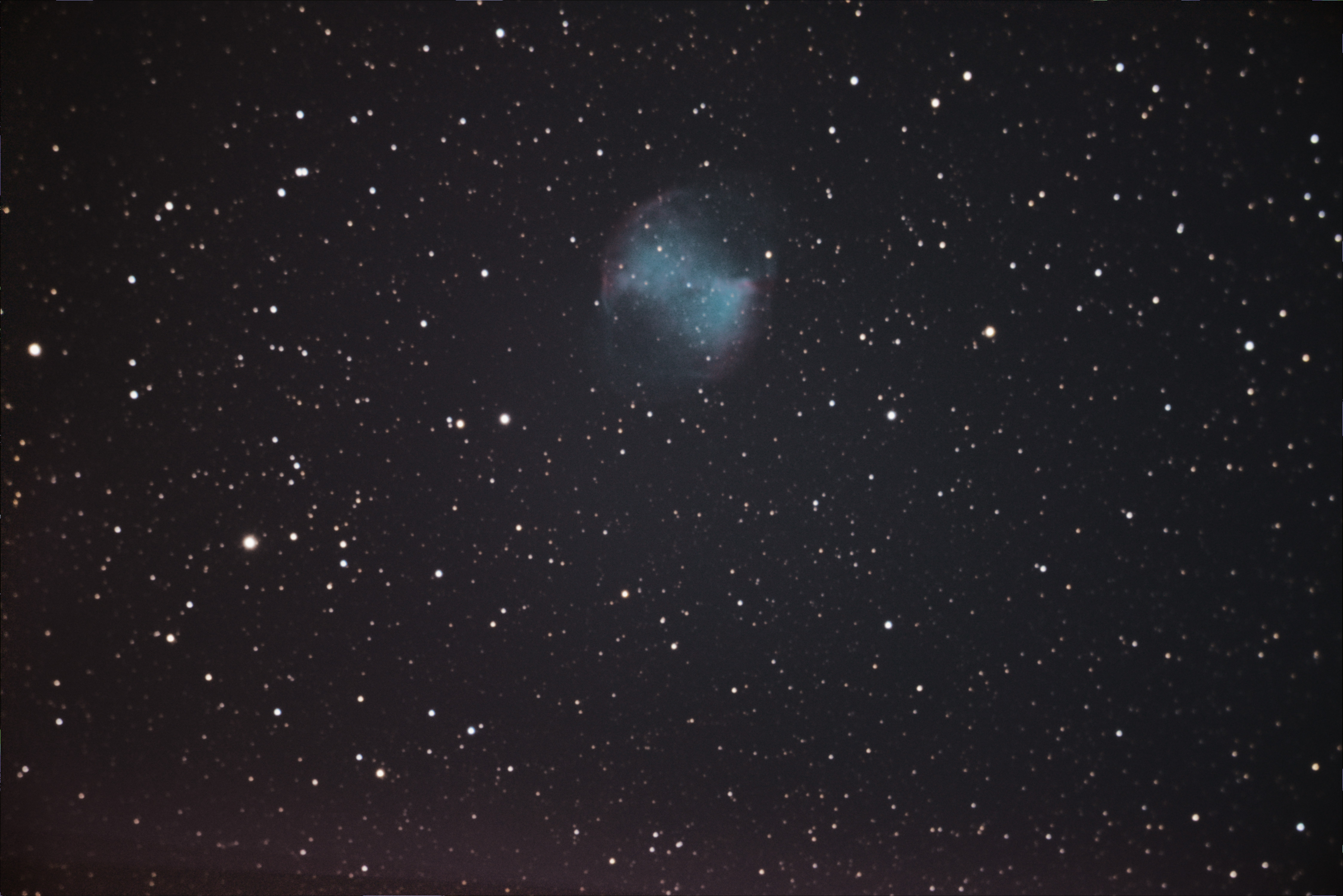
M27: The Dumbbell Nebula. A planetary nebula which is the formed at the later stages of giants stars when they begin to lose their outer layers. These stars have shed their outer layers which are then ionised by the extremely hot exposed cores, later to be come a white dwarf.

M10: Globular Cluster. These objects are tightly packed clusters of stars that are spherical in shape. There is little to no gas in them so there is no star formation and instead should be populated by older stars.
Best objects to view during the summer months?
Unfortunately during the summer months in the UK the amount of usable time for astronomical observations significantly reduces. During the peak of the summer the sky never reaches complete darkness and hinders the number of faint deep sky objects, like nebula, galaxies and clusters of stars, we are able to observe. However, there are still plenty of interesting objects you can view in the sky over the summer, with many only requiring a small telescope of pair of binoculars (if you can keep your hands steady).
The Solar System’s Gas Giants
Both Jupiter and Saturn are available through the summer months from early morning in June to late evening in September. The two planets are easily to recognize naked eye as both are quite bright and appear to have a larger, more extended size compared to rest of the stars in the sky. Saturn, the furthest away and dimmer of the two, shines with an obvious yellowish colour. Typically you will see them rise in the east and set in the west. Even from your own back garden you can see the Cassini Division, a gap in the ring system caused by orbital resonances with the moon Mimas, which is shown in fantastic detail by the Cassini spacecraft below.
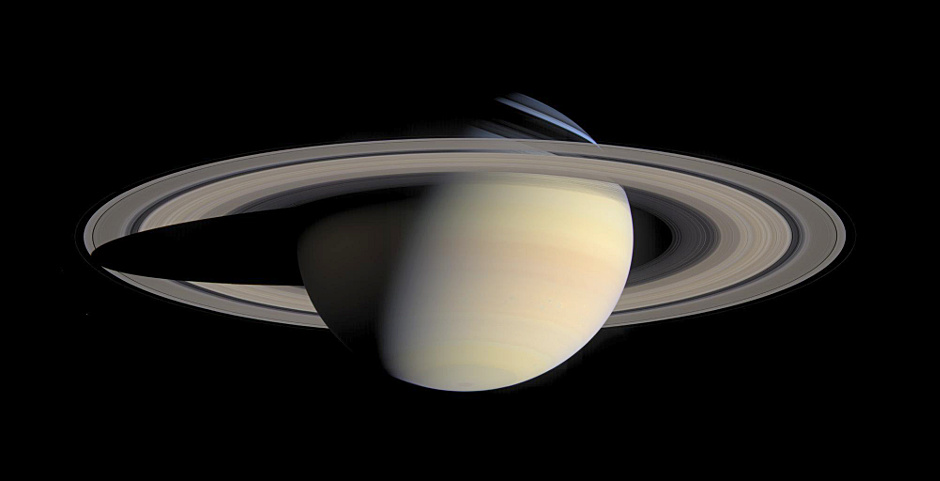
M13: The Great Globular Cluster in Hercules
M13 is one of the best examples of a globular cluster that can be observed. Globular clusters are a densely packed cluster of stars that are gravitationally bound together. They are typically found orbiting the central bulges of galaxies in a halo with little gas content. As such they are very old with populations of mostly older red stars. The existence of young blue stars in globular clusters was puzzle for astronomers, as can be seen from the image below taken by Vladimir Elkin in the School of Mathematics and Physics.
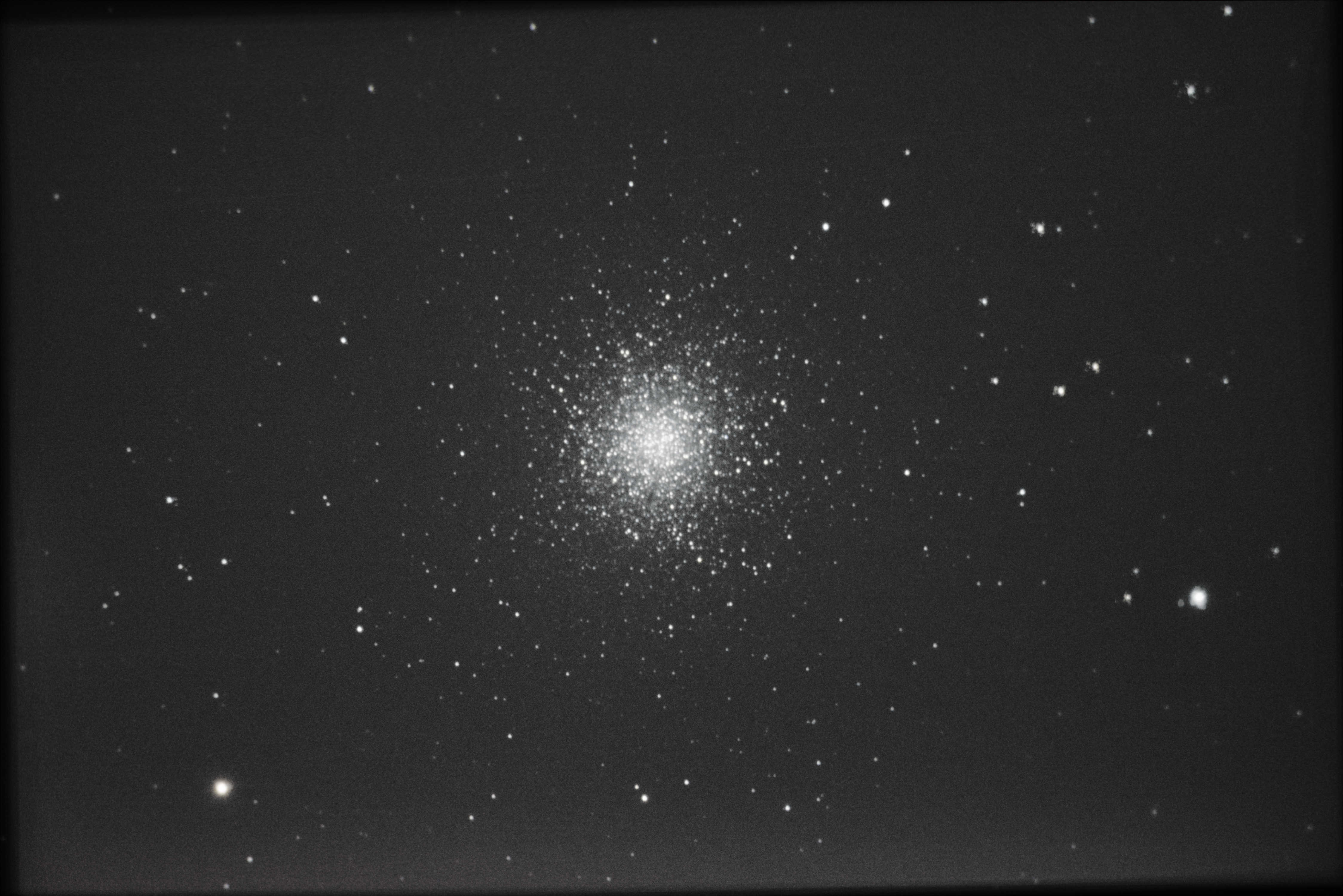
To find M13 find the constellation of Hercules and scan your telescope (or eyes depending on how clear your skies are) between the two stars that make up the left hand side of Hercules torso. The below images shows a screenshot from Stellarium where the constellation is upside down in the early part of July. M13 is best viewed in the early summer months as it gets lower in the sky until it is too low to be viewed as you get towards September.
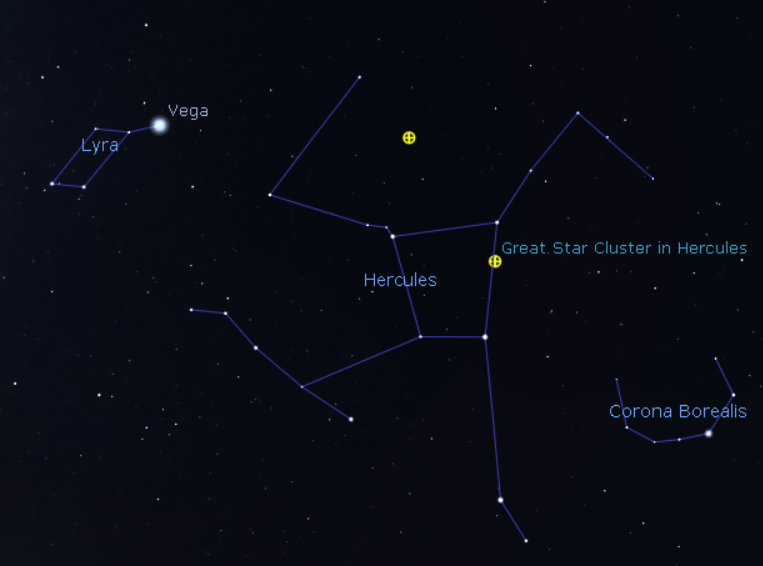
Alpha Herculis
Just below M13 is a fantastic double star, denoted by the white circle in the image below. The two stars are not just a double star visually but are a binary pair, completing an orbit every 3600 years. Naked eye you will see a single source of light, but look through a telescope and you will be able to resolve two individual stars. The first component is red giant towards the end of its evolution while the secondary component is yellow giant star and a yellow-white dwarf star with an orbital period just over 50 days.


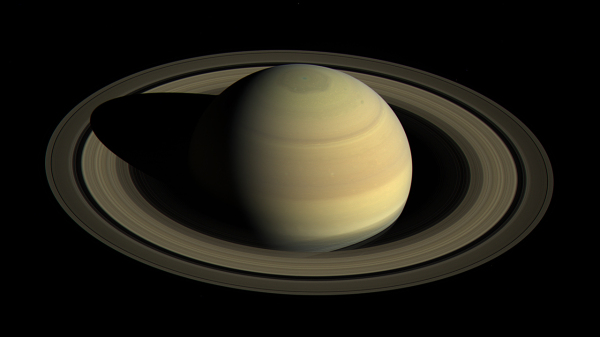


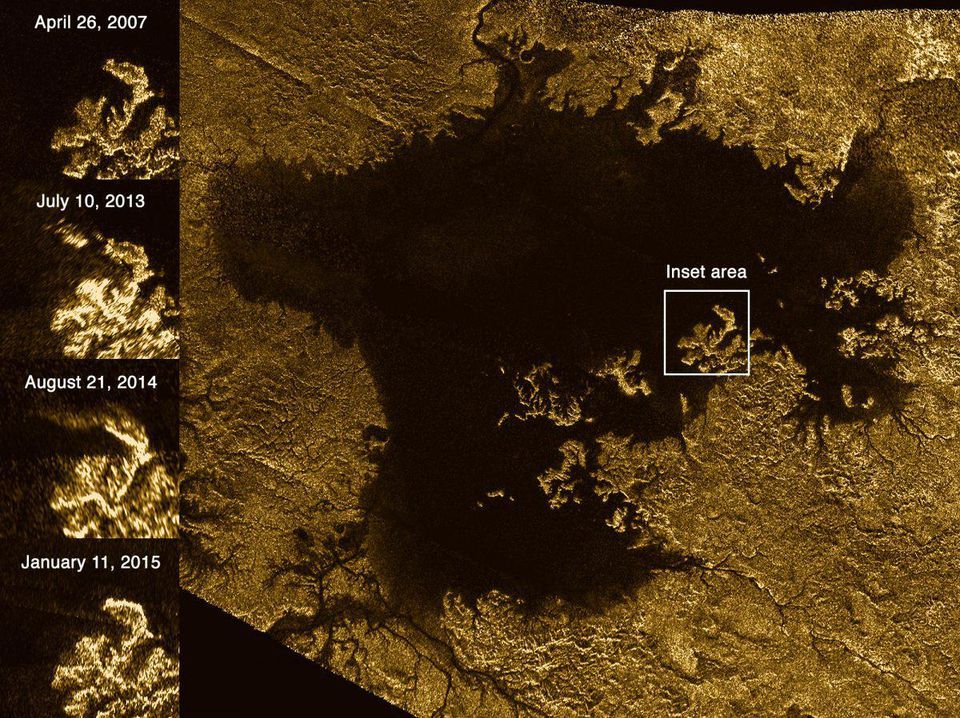



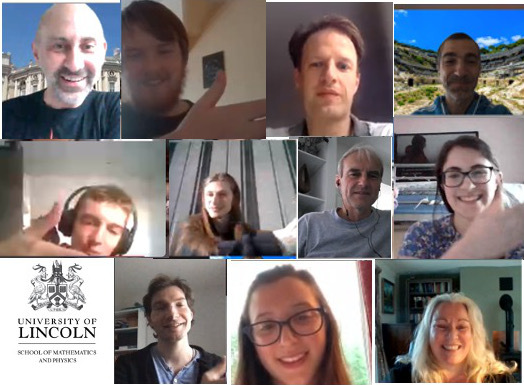
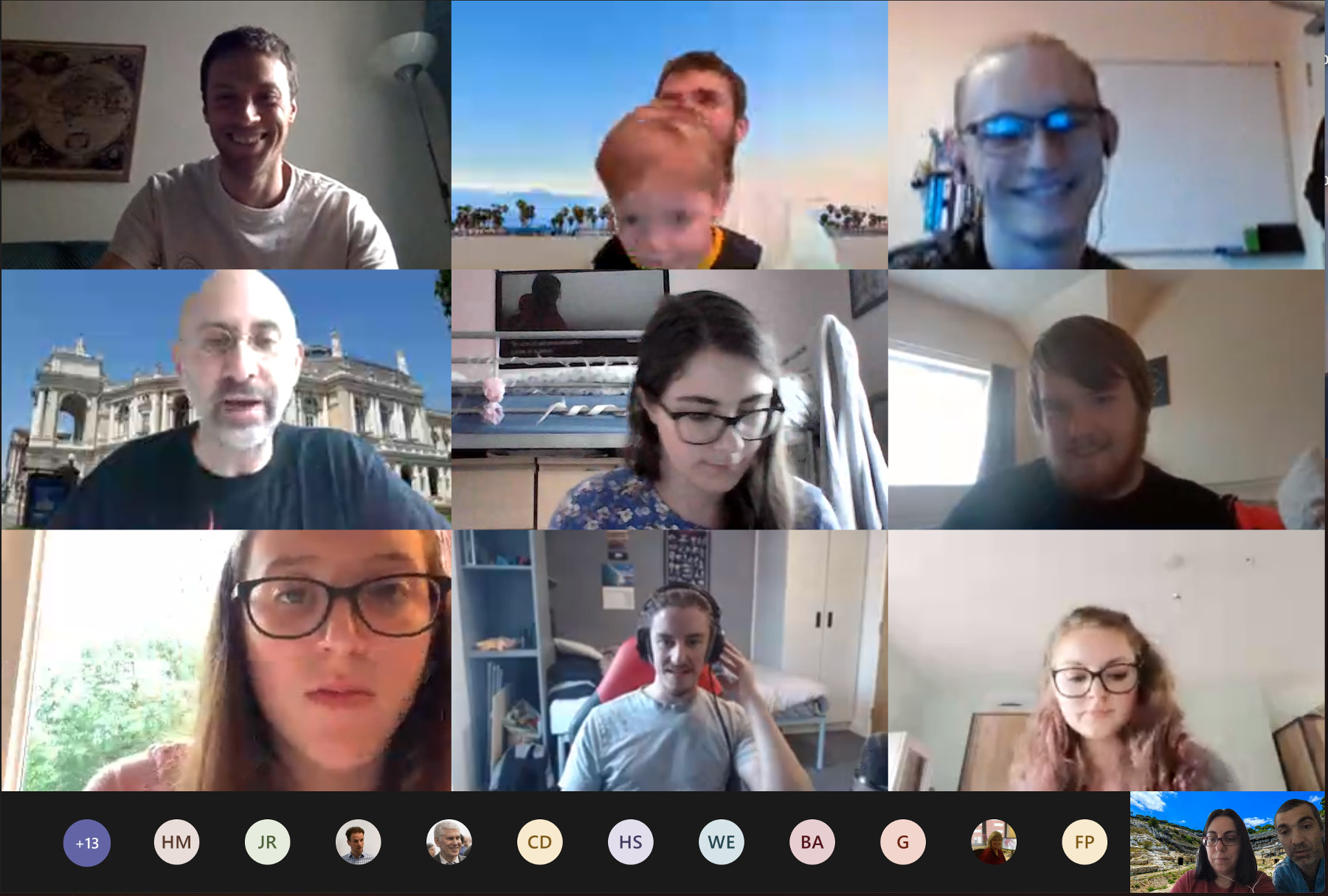
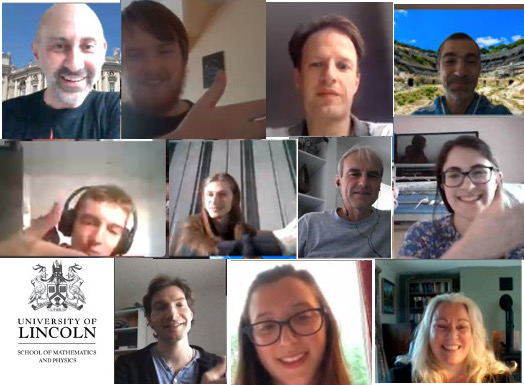 Virtual handshaking.
Virtual handshaking. 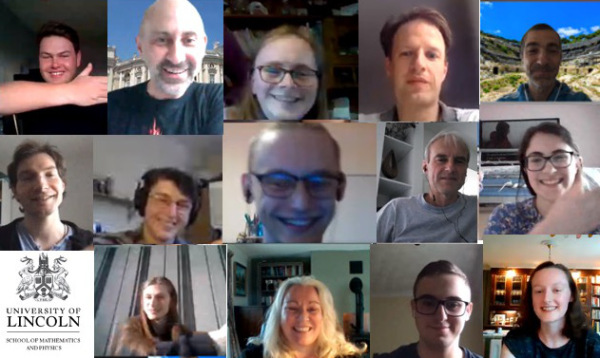

 Virtual handshaking
Virtual handshaking 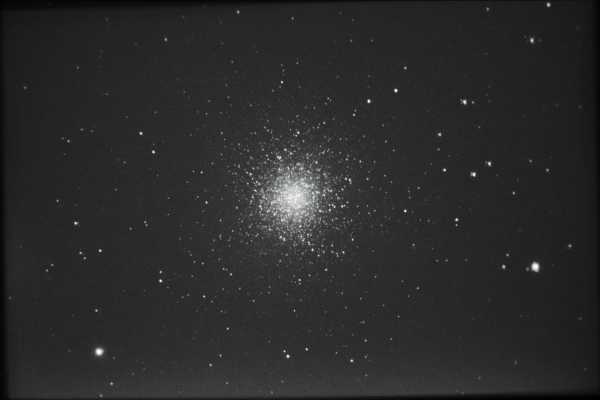
 M104: The Sombrero Galaxy. An almost edge on lenticular galaxy which is inbetween a spiral and elliptical galaxy. These types of galaxies have very little star formation and are populated by older stars.
M104: The Sombrero Galaxy. An almost edge on lenticular galaxy which is inbetween a spiral and elliptical galaxy. These types of galaxies have very little star formation and are populated by older stars.





